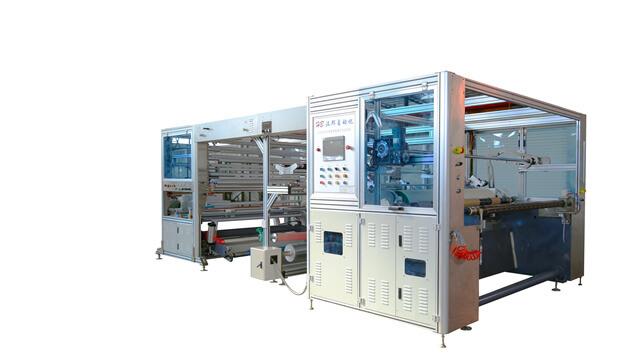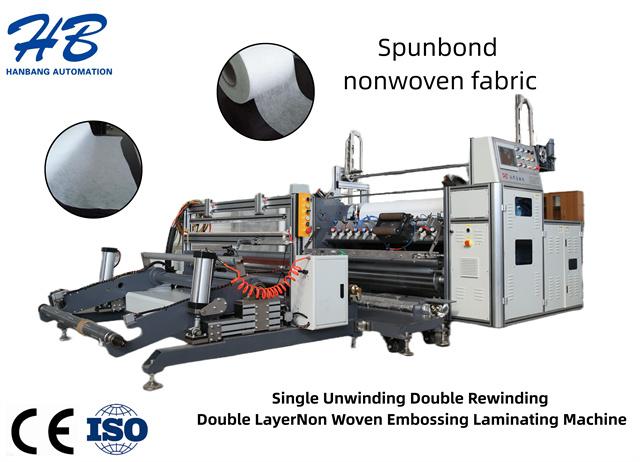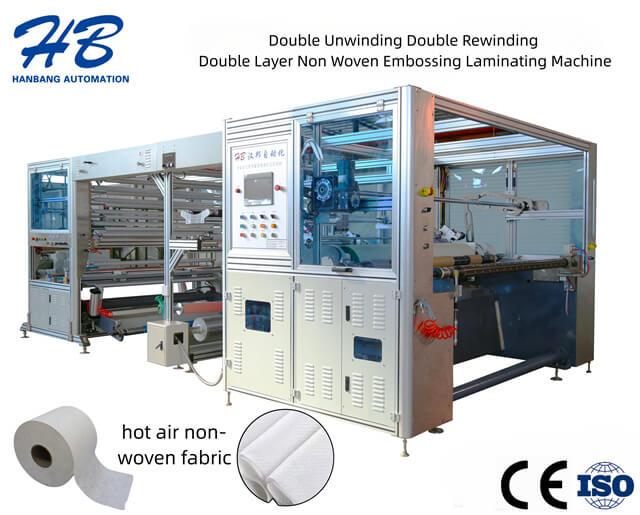
1. High-Speed Lamination. 2. Precise Temperature Control. 3. Multiple Lamination Methods. 4. Automatic Tension Control. 5. Waste Reduction. 6. User-Friendly Int...
Introduction. 1. Proper Machine Setup. 2. Material Selection. 3. Proper Cleaning and Maintenance. 4. Optimal Temperature and Pressure Settings. 5. Proper Handli...
Introduction. 1. Growing Demand for Hygiene Products. 2. Technological Advancements. 3. Emphasis on Sustainability. 4. Cost Constraints. 5. Regional Market Anal...
1. Regular Cleaning. 2. Lubrication. 3. Inspection of Components. 4. Calibration. 5. Operator Training. 6. Safety Measures. 7. Troubleshooting. 8. Scheduled Mai...
Introduction. 1. Unpacking and Inspection. 2. Foundation and Installation Area. 3. Machine Placement. 4. Power Supply Connection. 5. Air Compressor Connection. ...
1. Machine Speed. 2. Lamination Quality. 3. Flexibility and Versatility. 4. Energy Efficiency. 5. Maintenance and Support. 6. Cost-effectiveness. 7. Safety Feat...
1. Diaper Manufacturing. 2. Sanitary Napkin Production. 3. Medical Hygiene Products. 4. Adult Incontinence Products. 5. Household Wipes Manufacturing. 6. Packag...

The products are widely used in diapers, sanitary napkins, medical supplies and other industries. . The equipment is equipped with an online slitting device to improve raw material util...

The production of hot-air non-woven fabrics or spun-bonded non-woven fabrics has a strong three-dimensional hole shape, is more beautiful, has higher quality, penetrates faster, does no...

This machine is a multi-functional equipment for processing and production. It can complete drilling, slitting and rewinding at one time.Specification model: HBJX-W1600-DD type Applicab...
